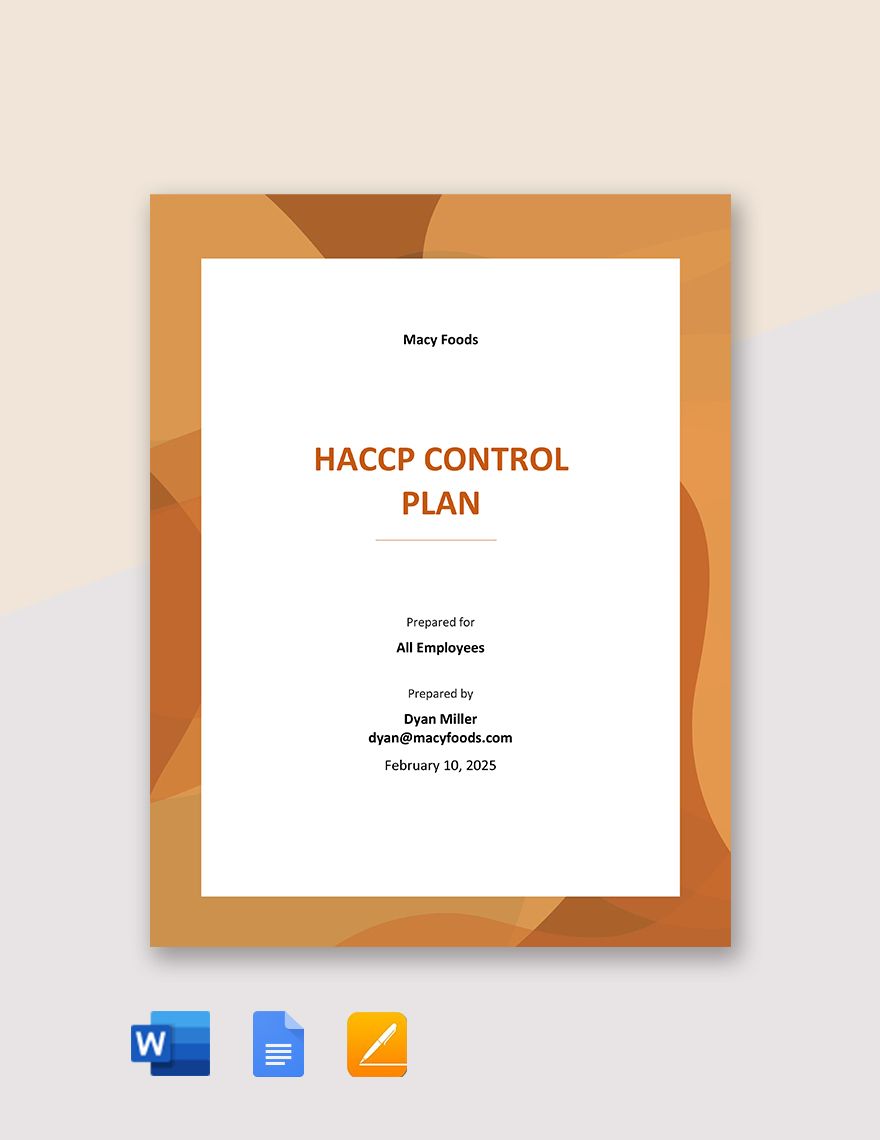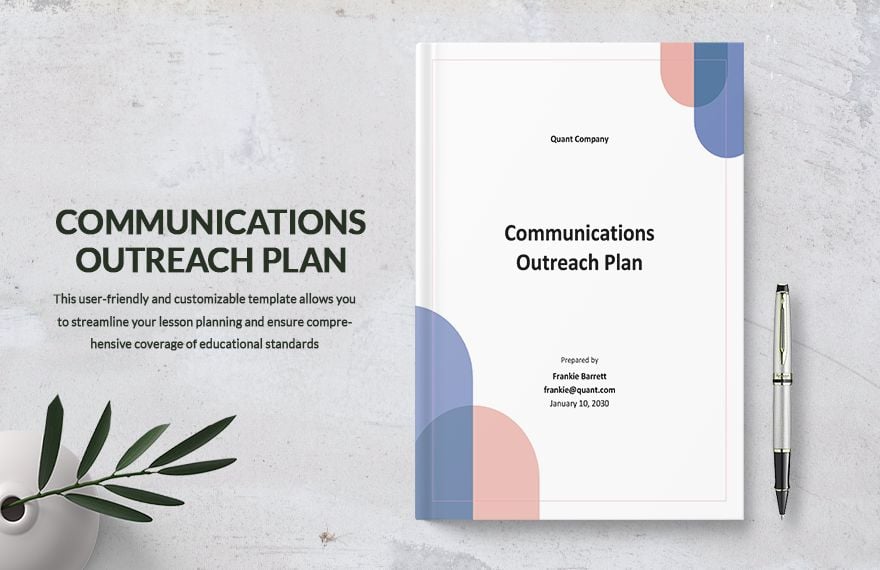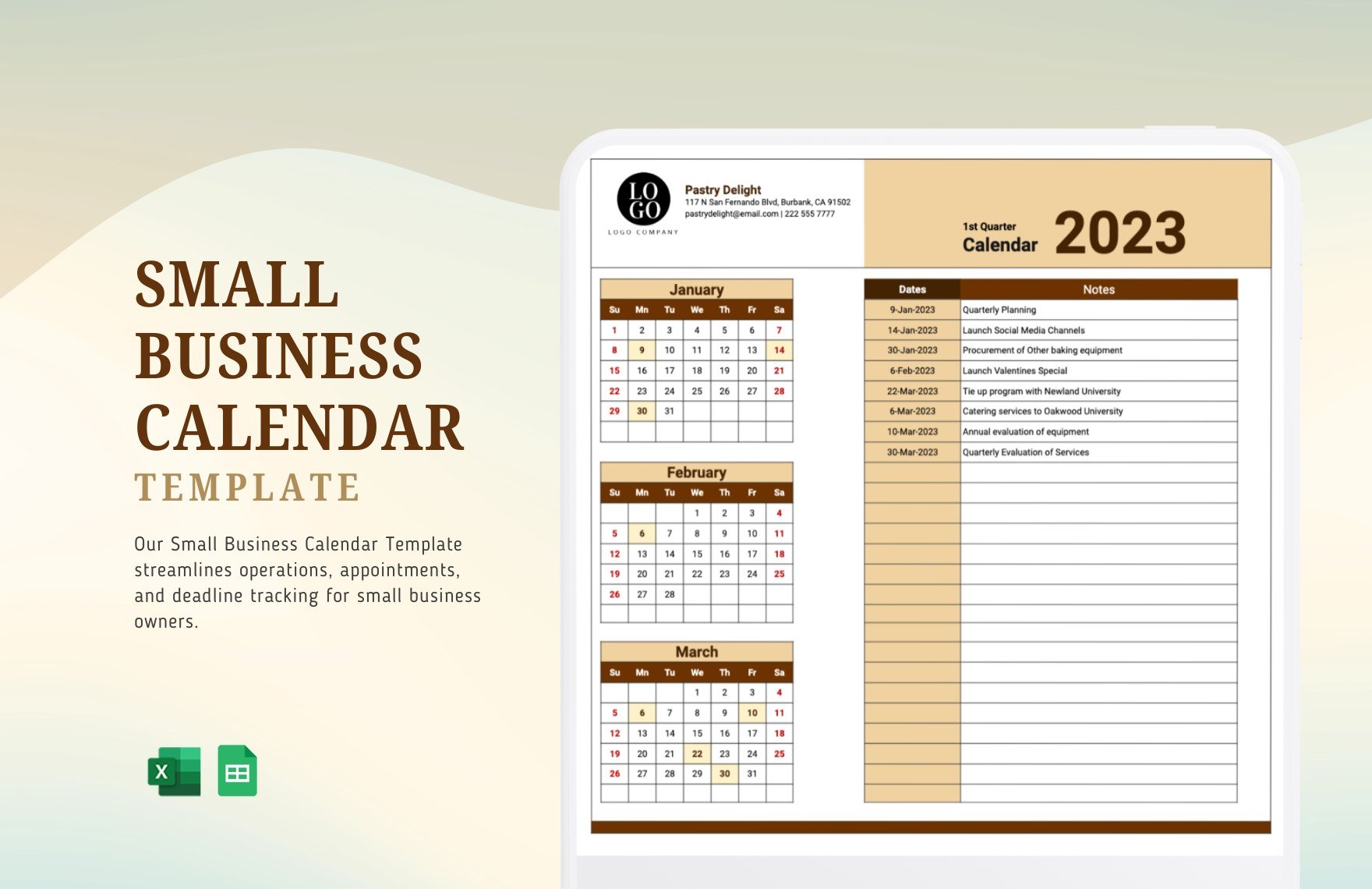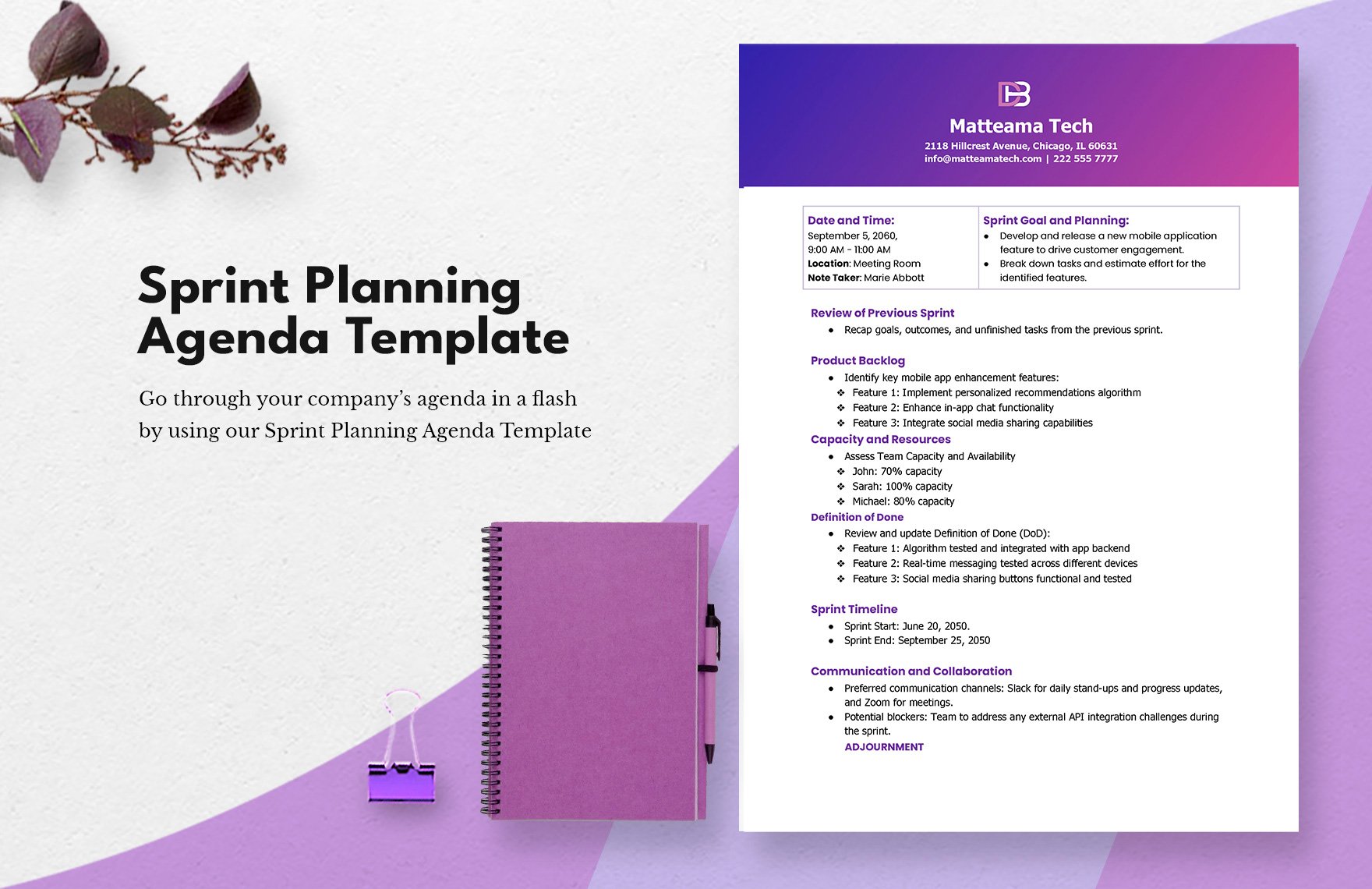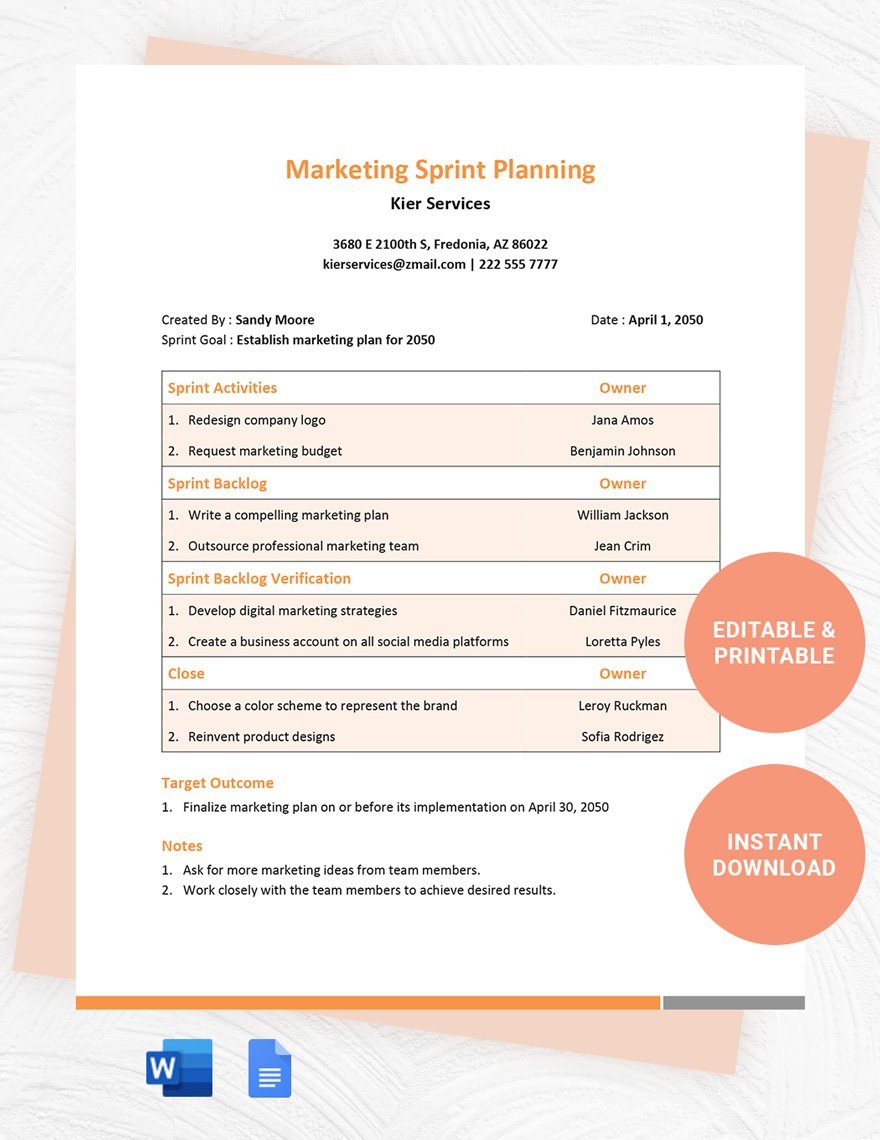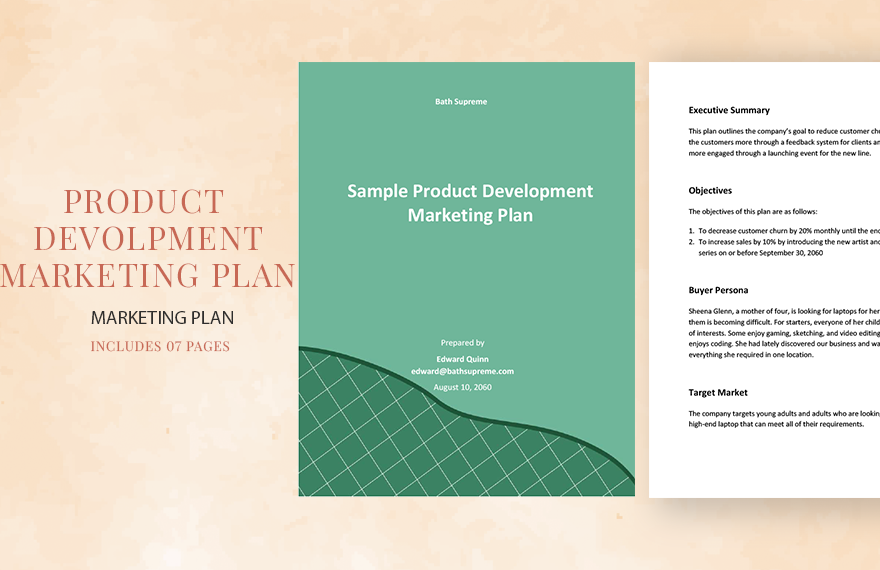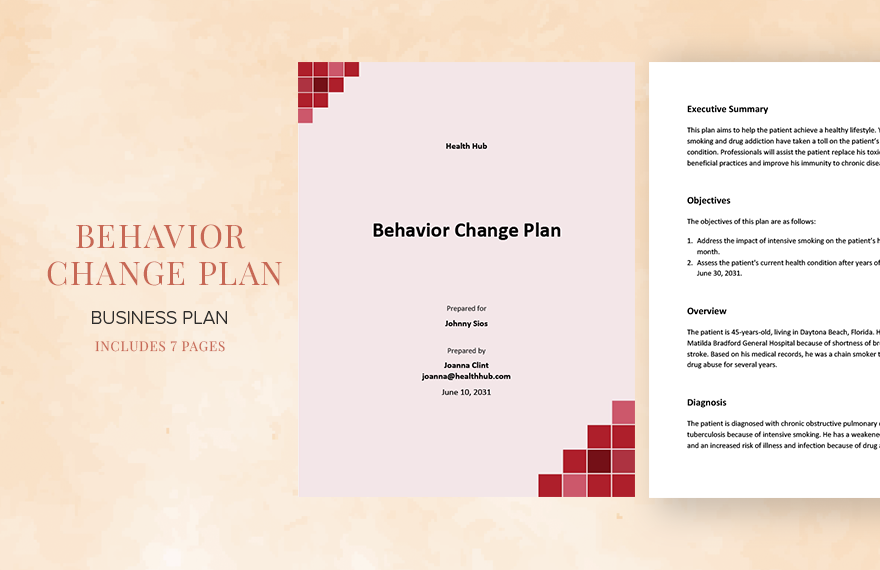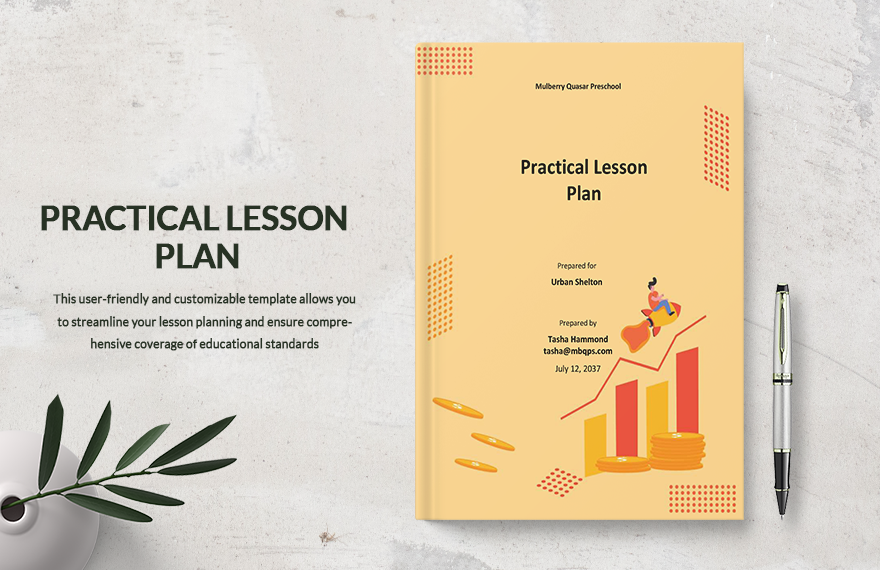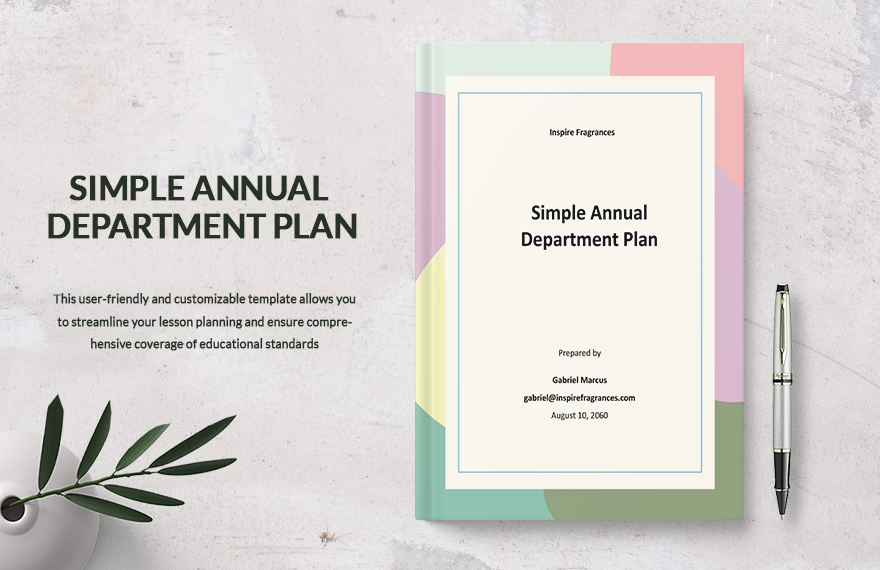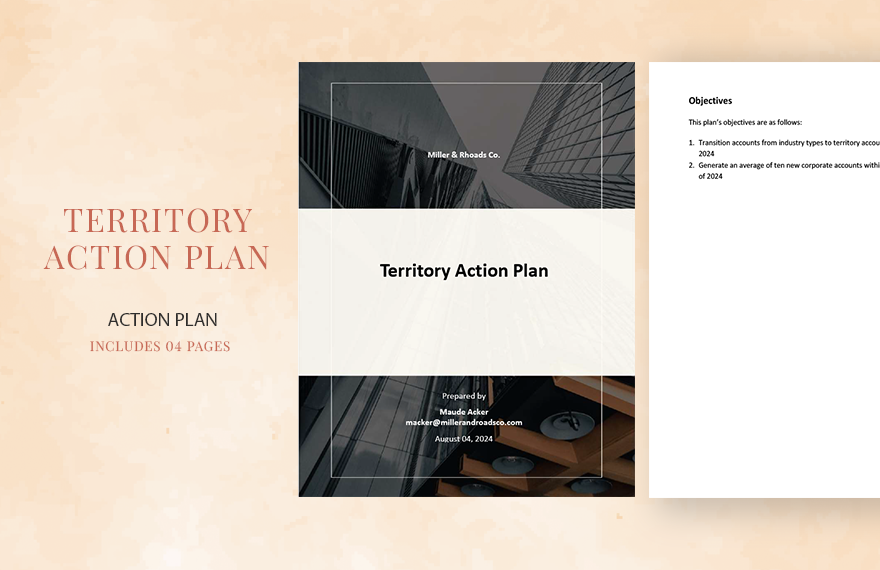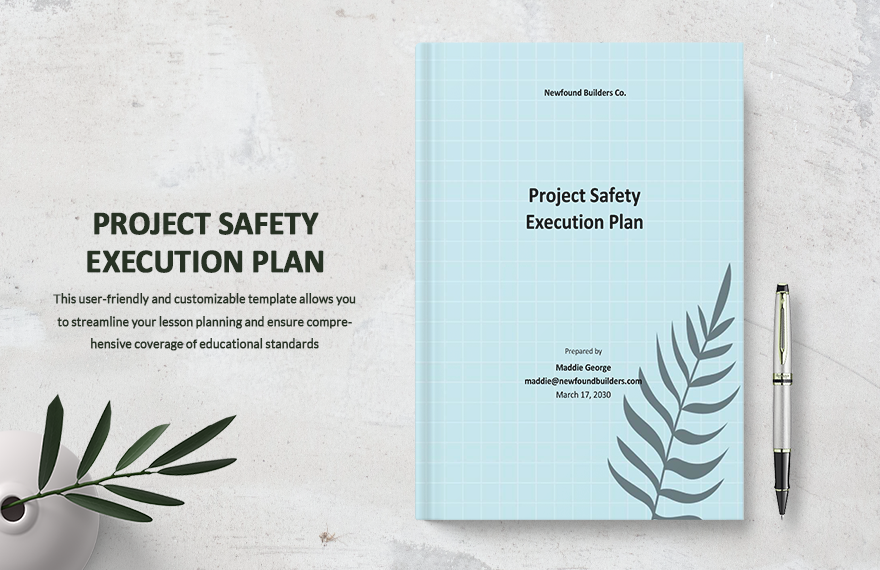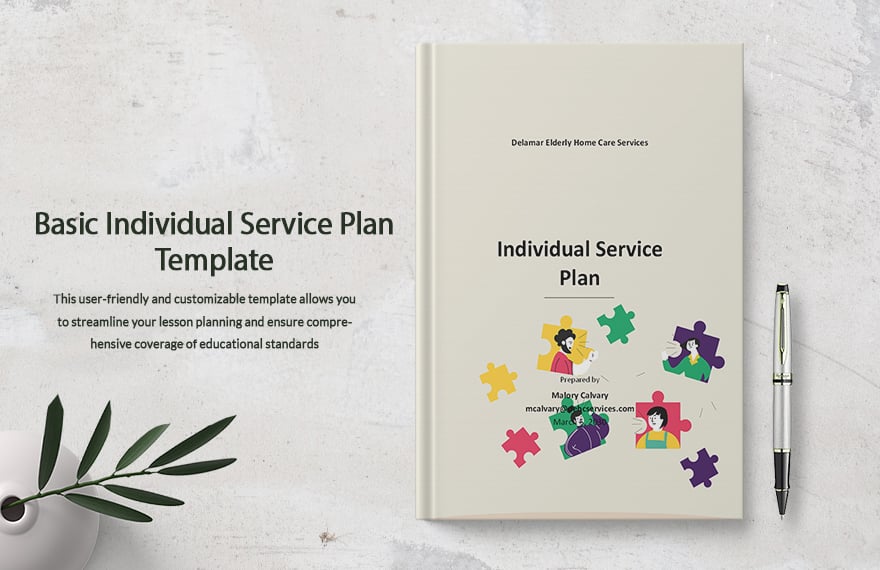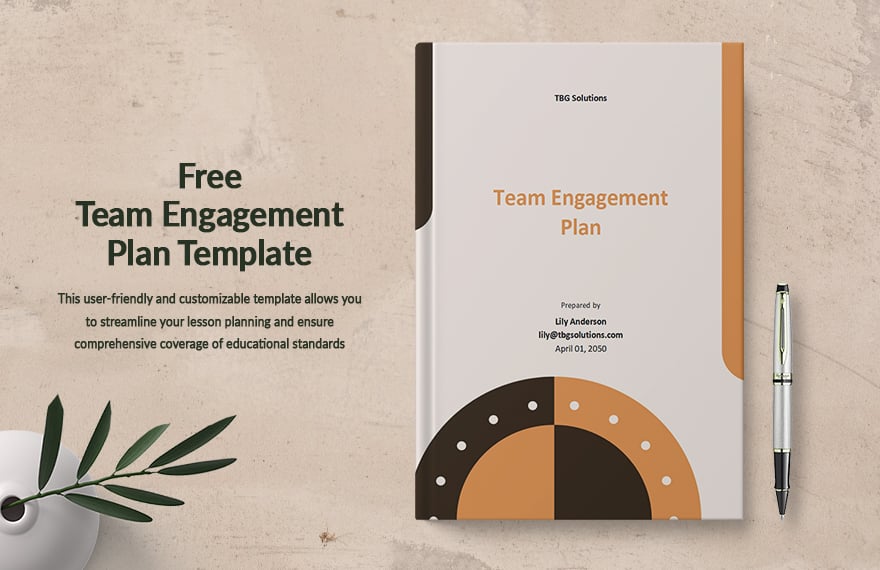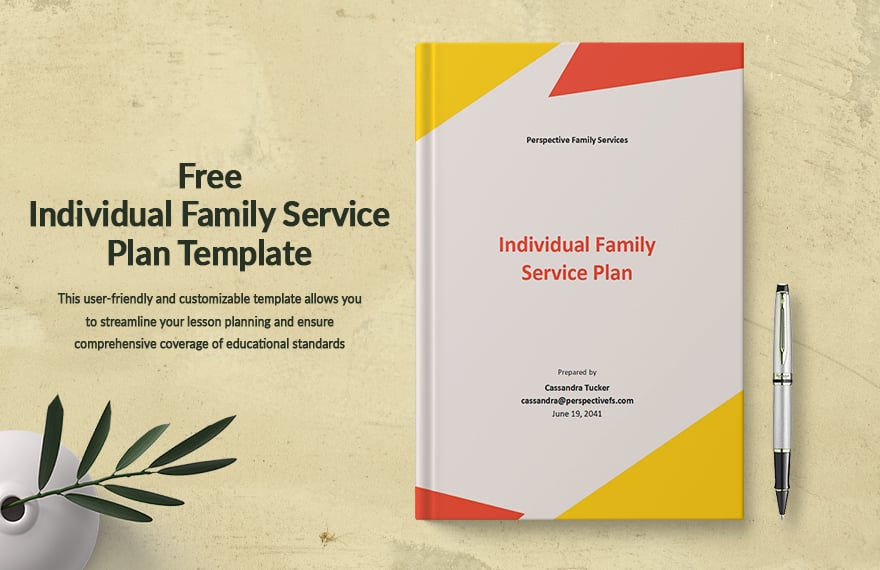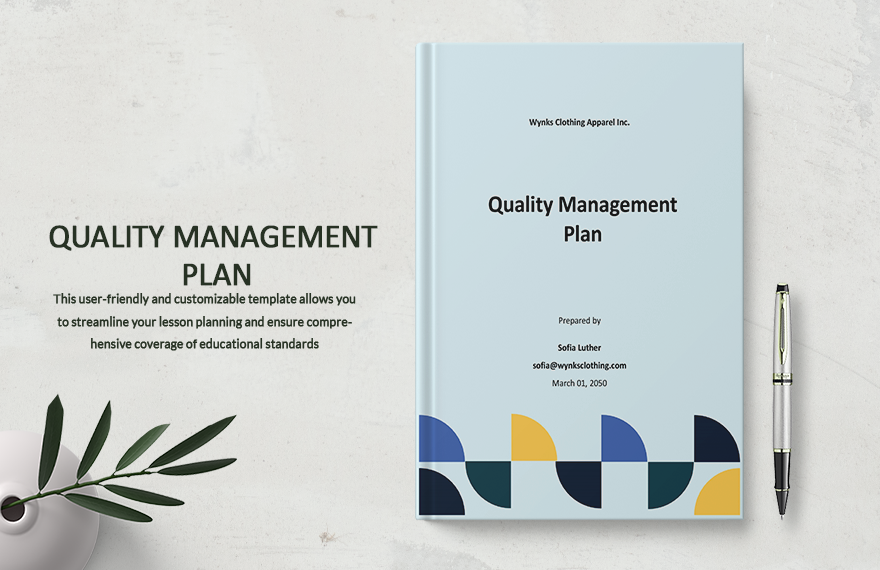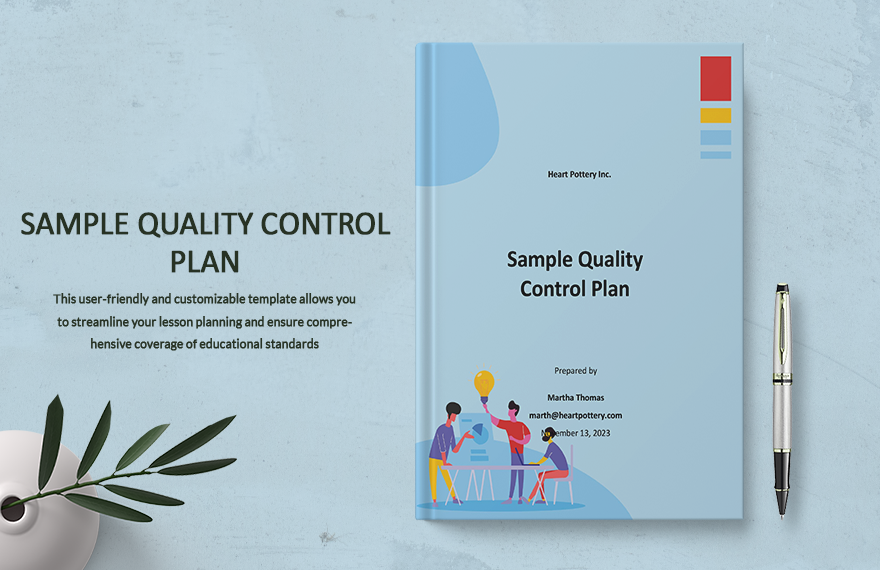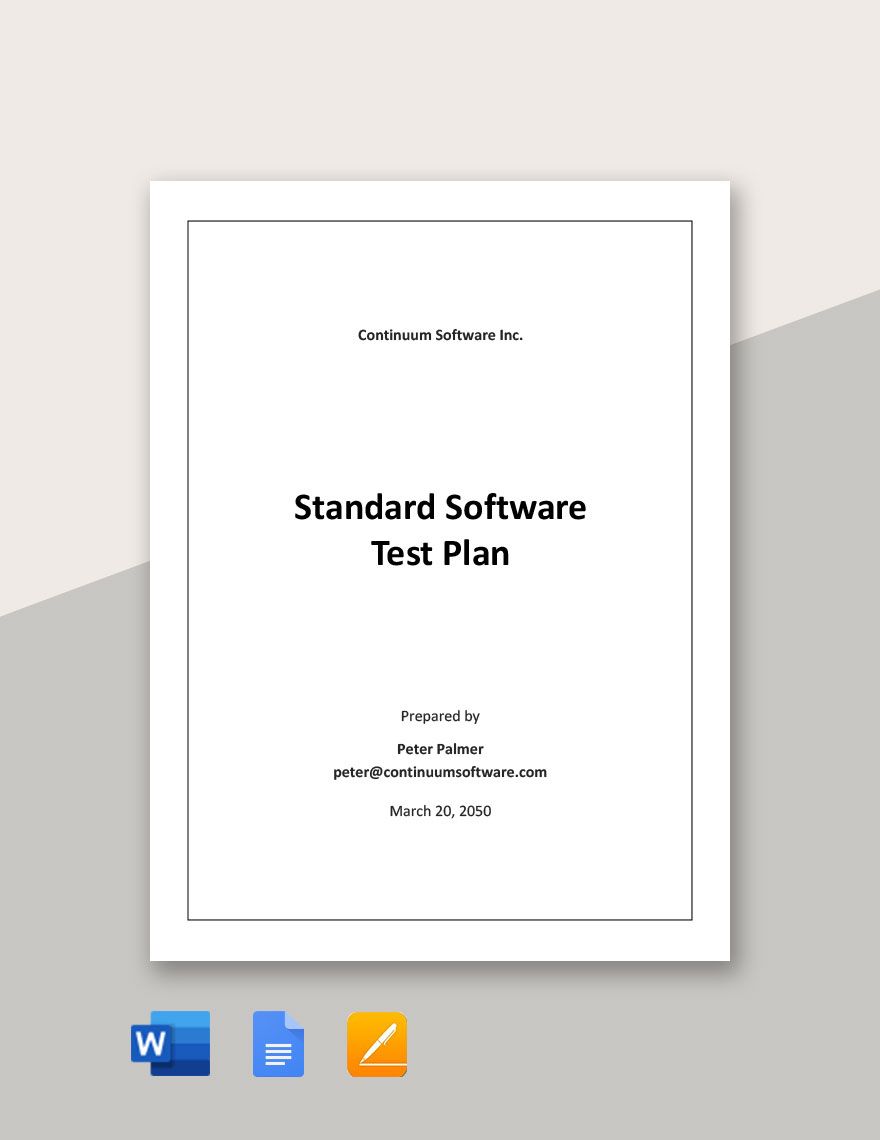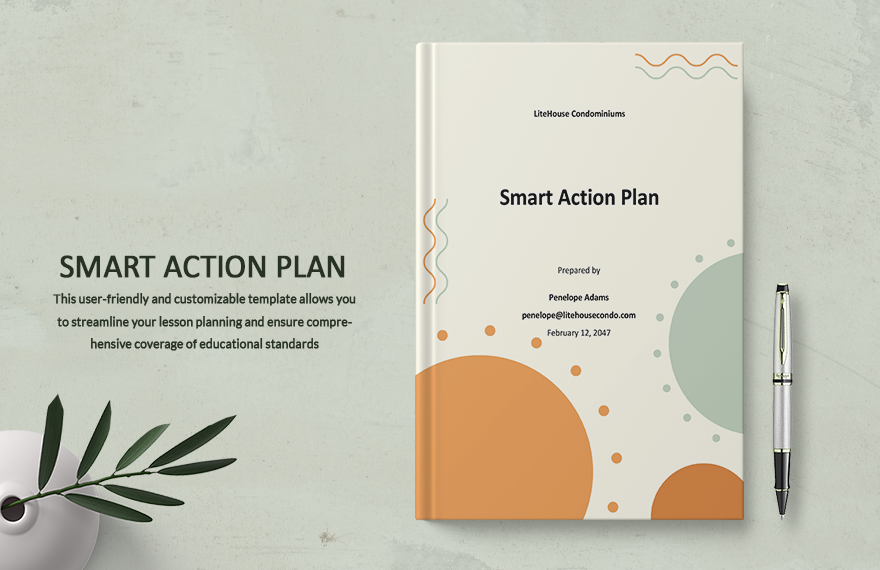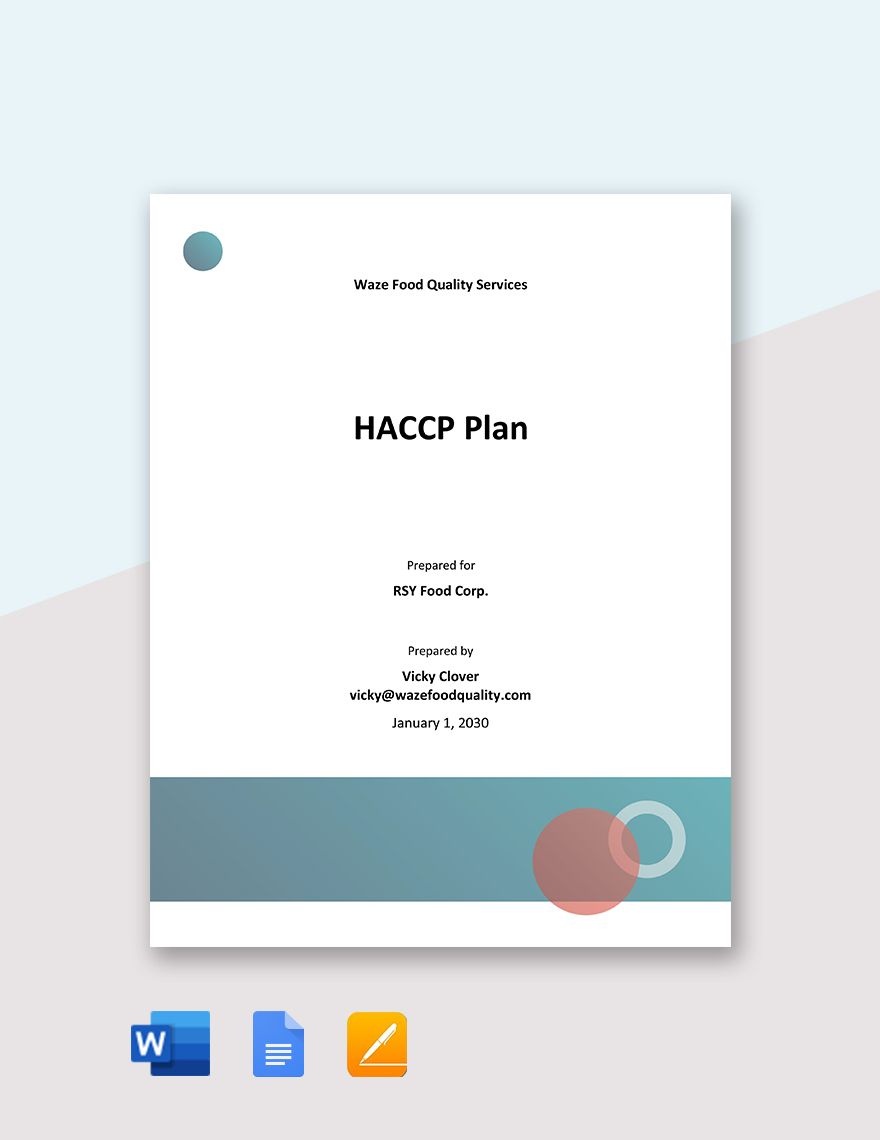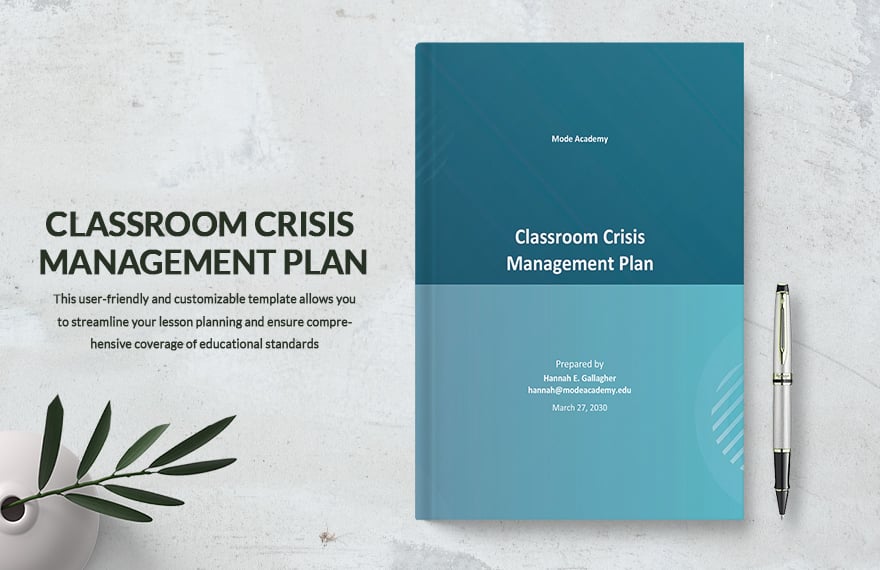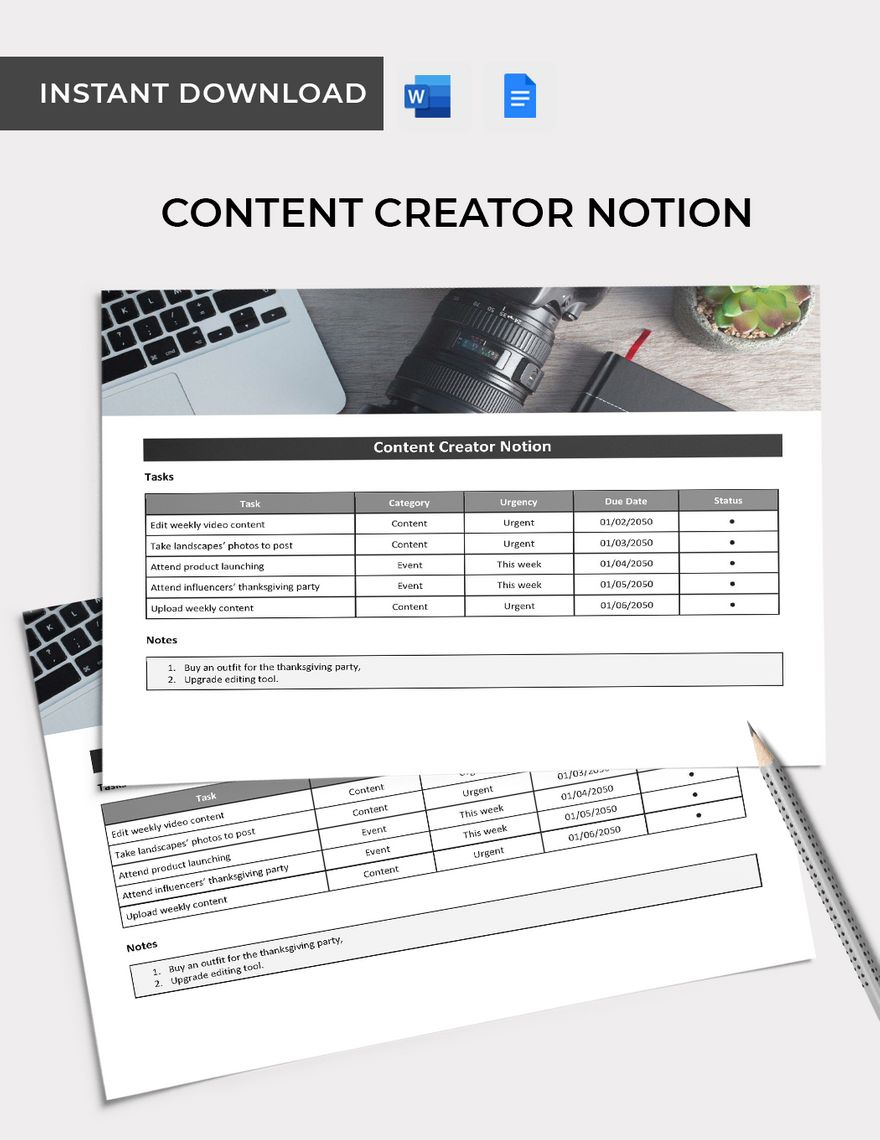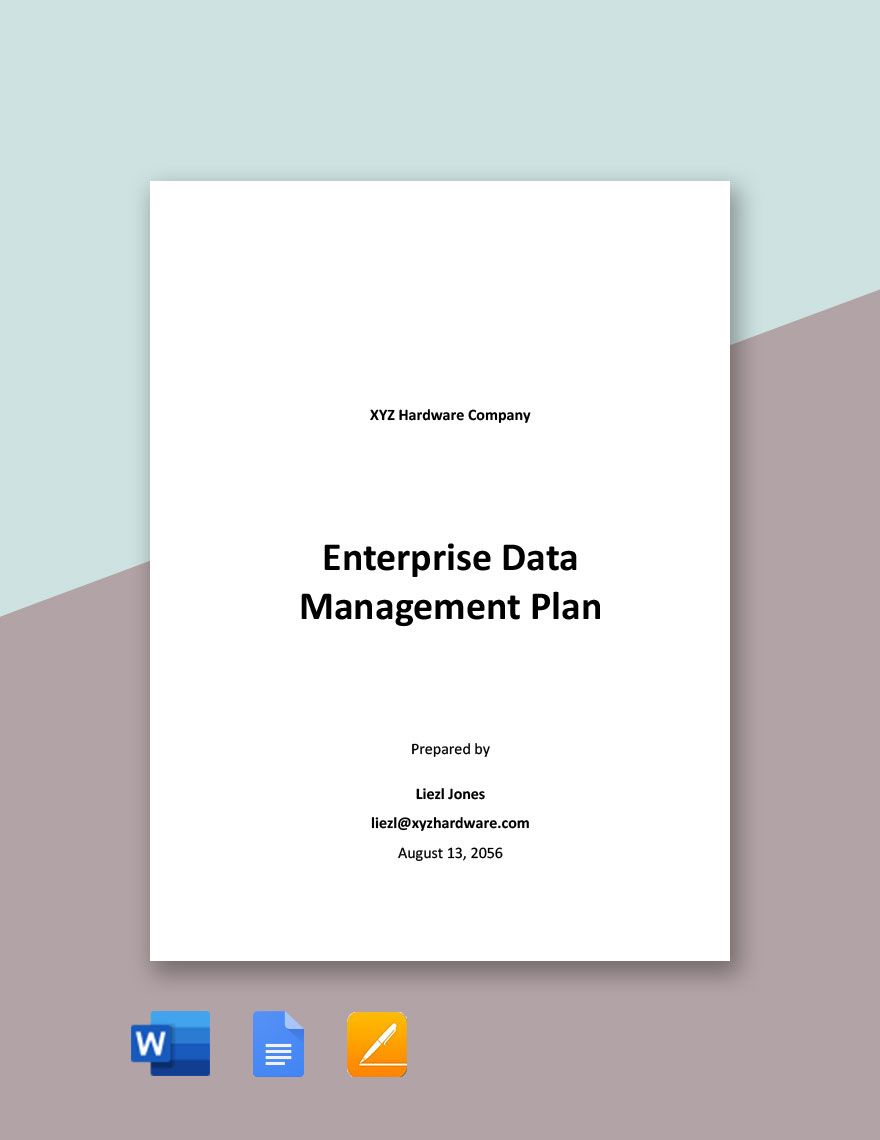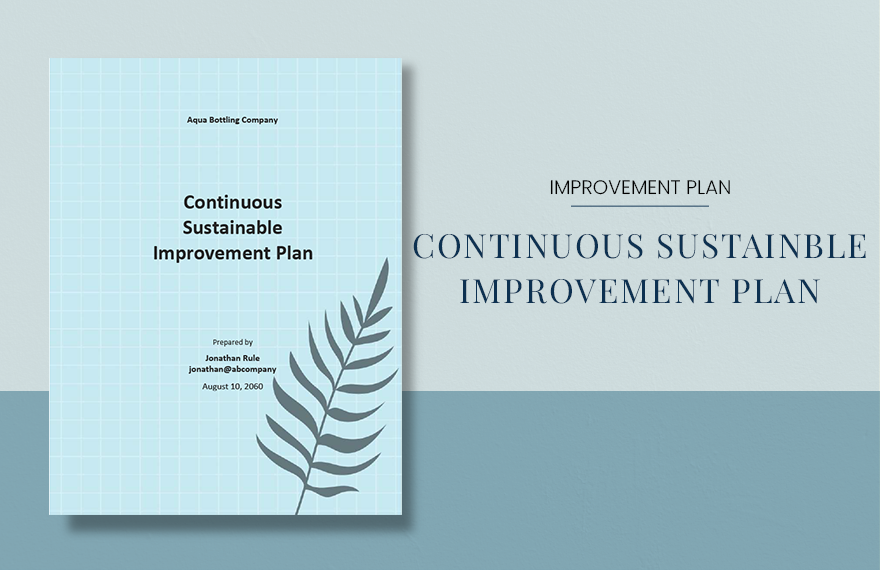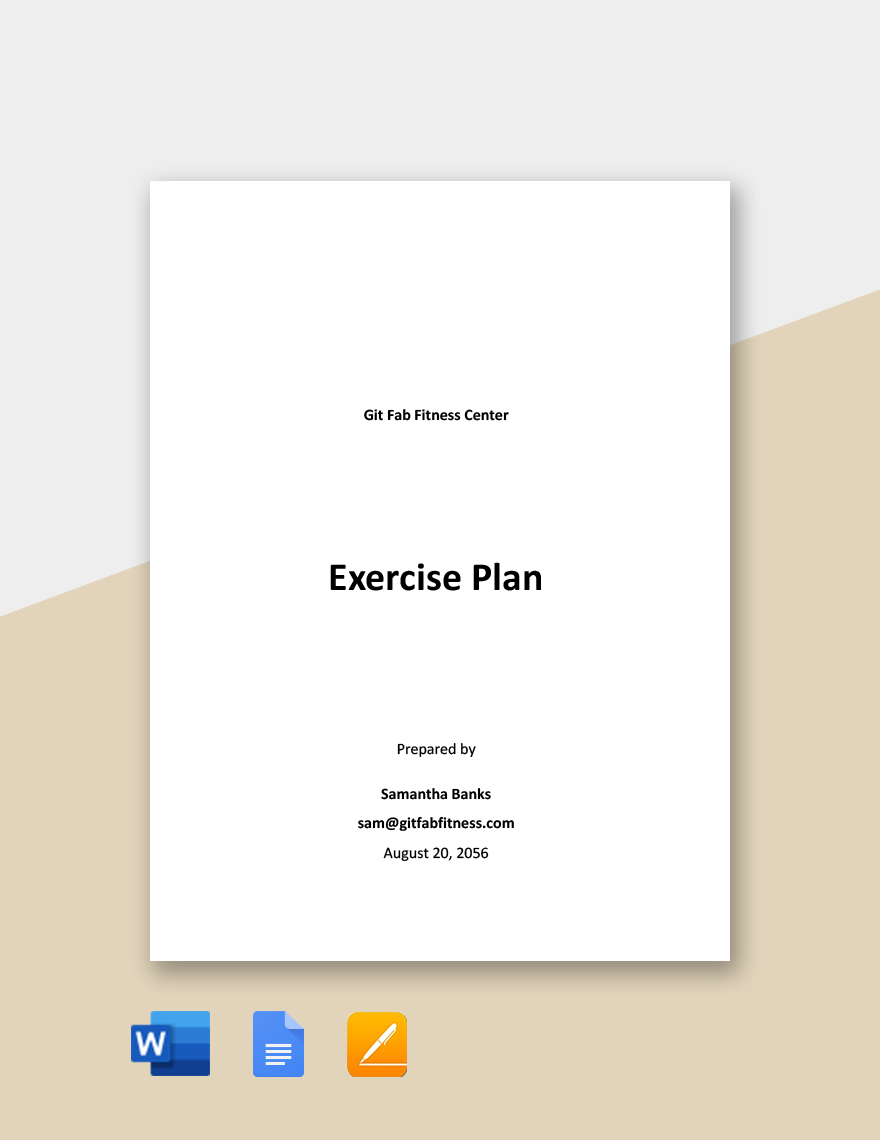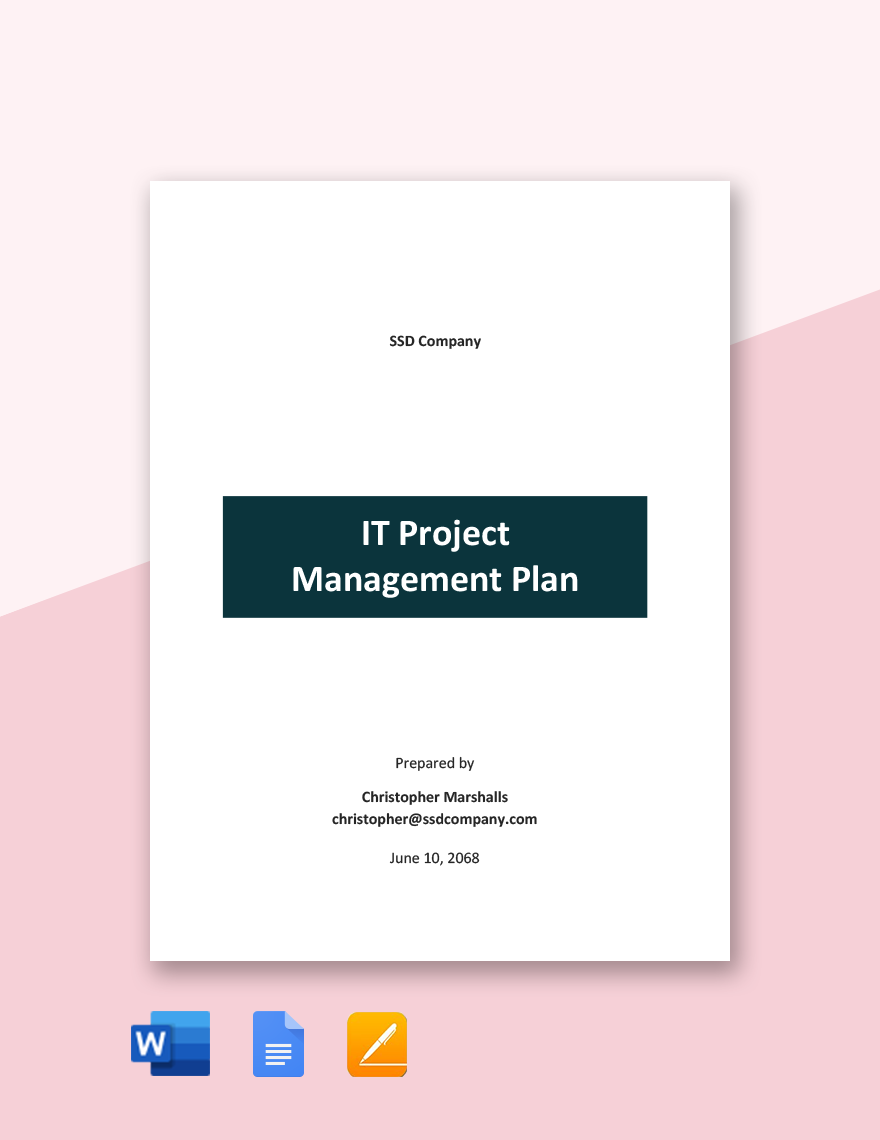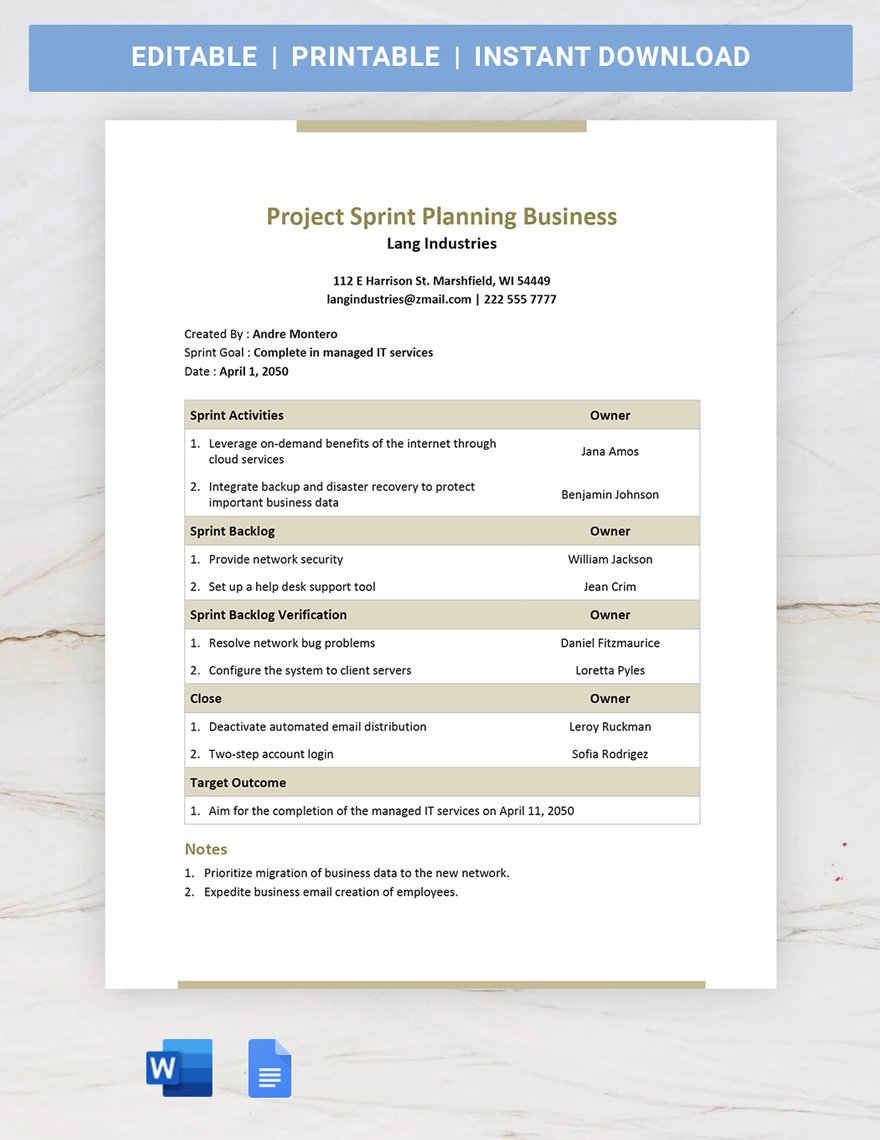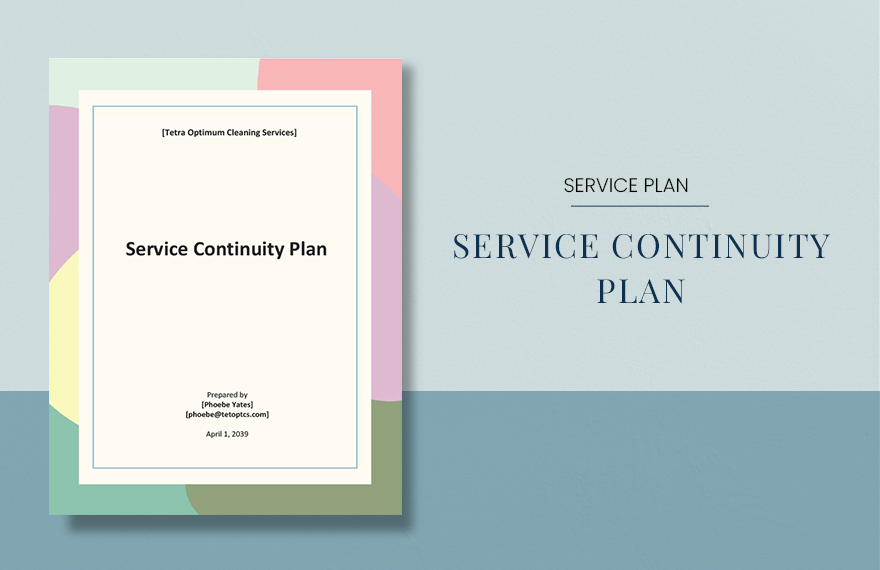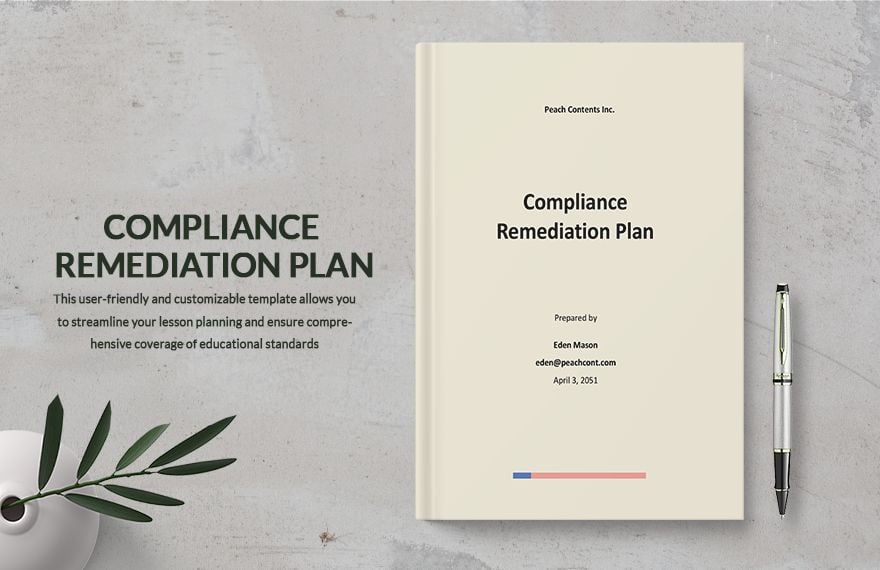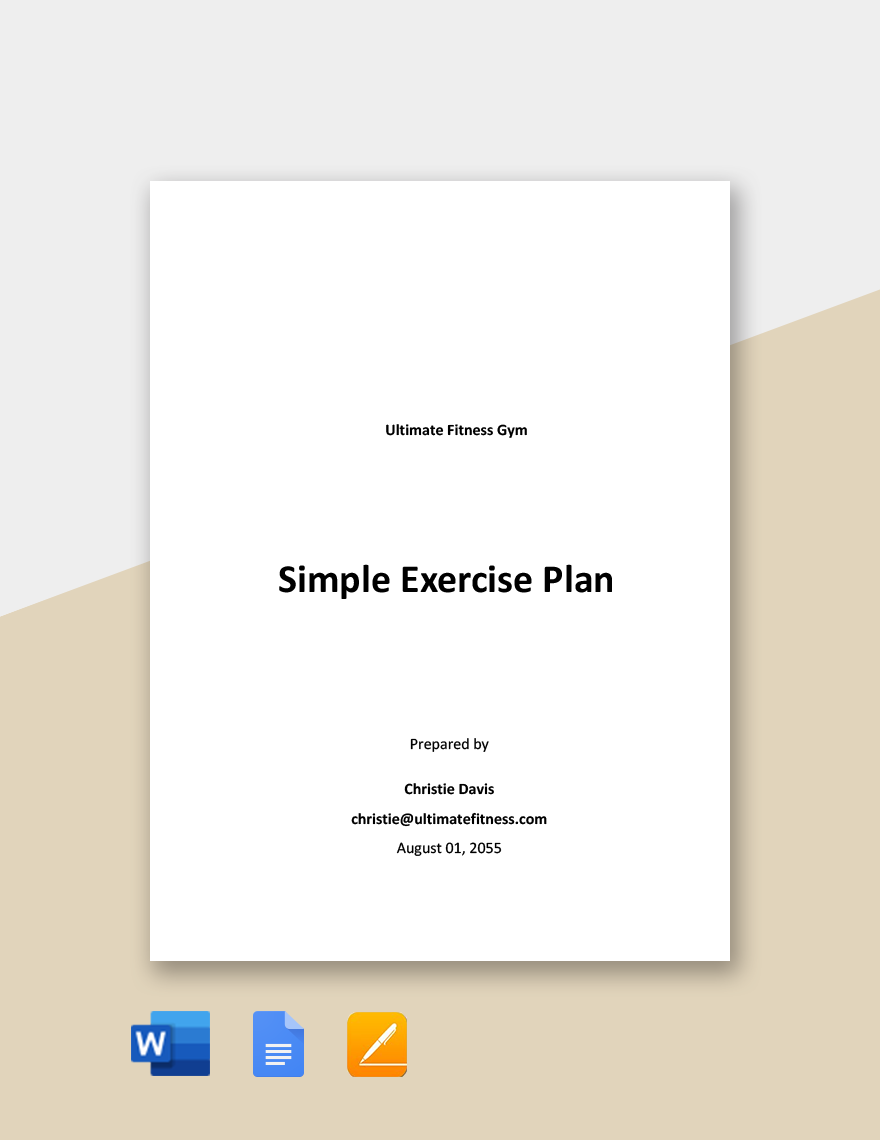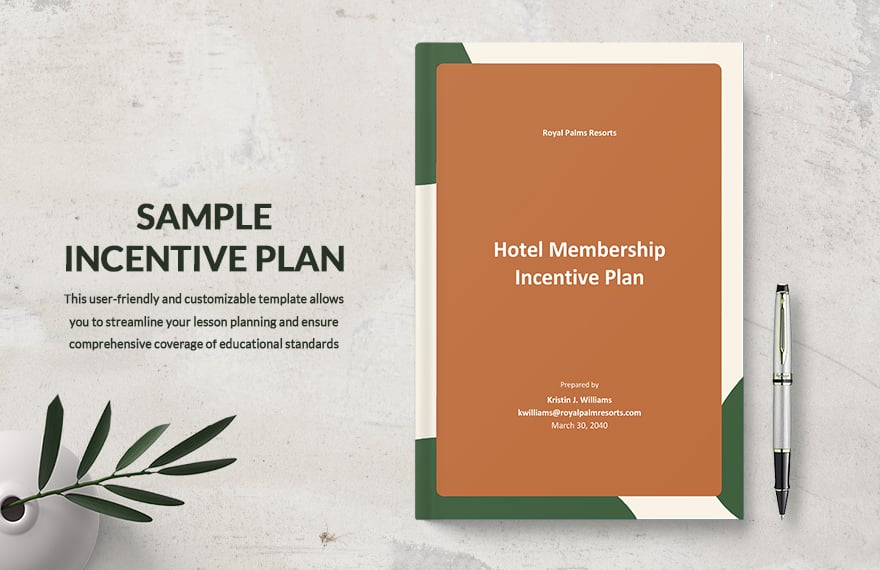Starting a business, as well as maintaining it, requires a lot of effort and time from any business owner. Planning ahead helps owners and investors be more at ease with where the business is supposed to be headed. If you are looking for the best and most effective planning and management templates that you can use for, Template.net offers it best. Choose from our wide variety of high-quality and printable planning and management templates that are all 100% customizable in MS Word, Google Docs, Google Sheets, Apple Pages, and Apple Numbers. With our professionally designed templates at your disposal, you can now easily craft any construction project plan, action plan, and capacity planning. Make a wise choice and start downloading our easily editable planning and management templates now!
What Is Planning & Management?
Planning is the first and most important function of management. It is an important need at every level of management if they wish to achieve their desired results. Without planning, all the business activities of the organization will become useless. Through planning, orderly procedures are made possible. It leads the way to which objectives should be achieved and anticipates the activities well in advance; in other words, planning should take place beforehand.
How To Create a Planning & Management Document?
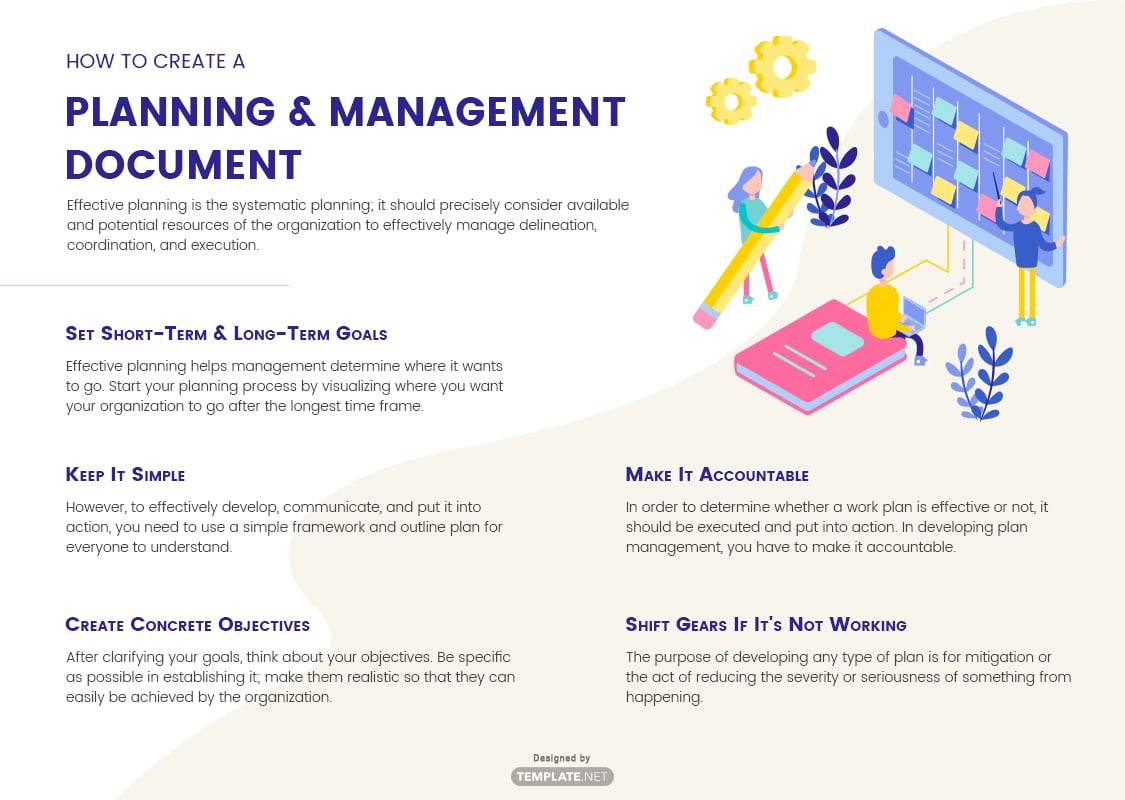
Effective planning is the systematic planning; it should precisely consider available and potential resources of the organization to effectively manage delineation, coordination, and execution. To execute effective planning in management, you need to know its importance. A systematic business plan helps create goals, provides direction, tackles uncertainty, promotes innovative ideas, and helps facilitate decision-making. To better give you an idea, we have provided some useful tips below to guide you.
1. Set Short-Term & Long-Term Goals
Effective planning helps management determine where it wants to go. Start your planning process by visualizing where you want your organization to go after the longest time frame. Think about how and where do you see the business organization a year or two from now. Once you have established your long-term goals, proceed with your short-term by thinking about what you want to achieve in a current time frame. Your short-term goals should be aligned with your long-term vision.
2. Keep It Simple
Planning, if done correctly, is not simple. In developing it, you have to undergo comprehensive and complex processes. However, to effectively develop, communicate, and put it into action, you need to use a simple framework and outline plan for everyone to understand. Try to be coherent in arranging the details in the chosen framework. Make it logical and rational.
3. Create Concrete Objectives
After clarifying your goals, think about your objectives. Be specific as possible in establishing it; make them realistic so that they can easily be achieved by the organization. After determining your objectives, make sure to measure them from different time projections or schedules to asses whether they are appropriately met and followed.
4. Make It Accountable
In order to determine whether a work plan is effective or not, it should be executed and put into action. In developing plan management, you have to make it accountable. Assign tasks to the appropriate personnel and give a timeframe schedule for every task to ensure that every activity is performed well. If your plan does not have specific people responsible for it, then the work will never get done.
5. Shift Gears If It's Not Working
The purpose of developing any type of plan is for mitigation or the act of reducing the severity or seriousness of something from happening. In developing strategy plans, changes and developments do happen, if these things inevitably arise, don't hesitate to shift gears when necessary. If you possibly do, make sure to conduct long-term and short-term evaluations of its effect on the management.



